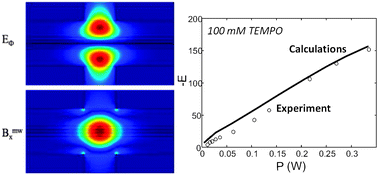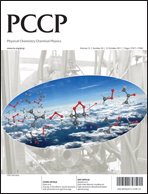Quantitative analysis of high field liquid state dynamic nuclear polarization
Abstract
Dynamic Nuclear Polarization (DNP) in the liquid state has become the focus of attention to improve the NMR sensitivity of mass limited samples. The Overhauser model predicts a fast reduction in DNP enhancement at high magnetic fields where the Electron Larmor frequency exceeds the typical inverse correlation time of the magnetic interaction between a radical spin and


 Please wait while we load your content...
Please wait while we load your content...